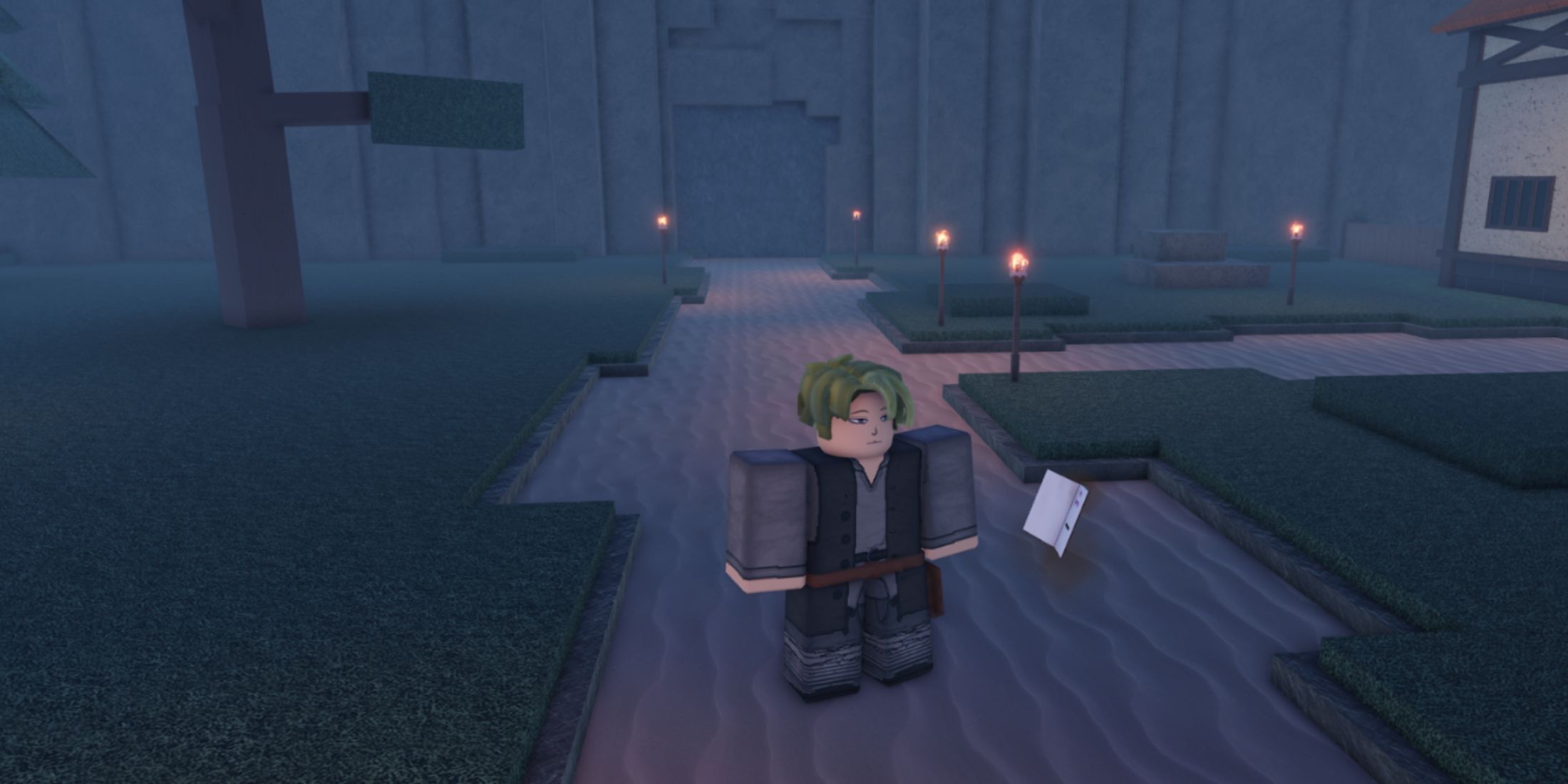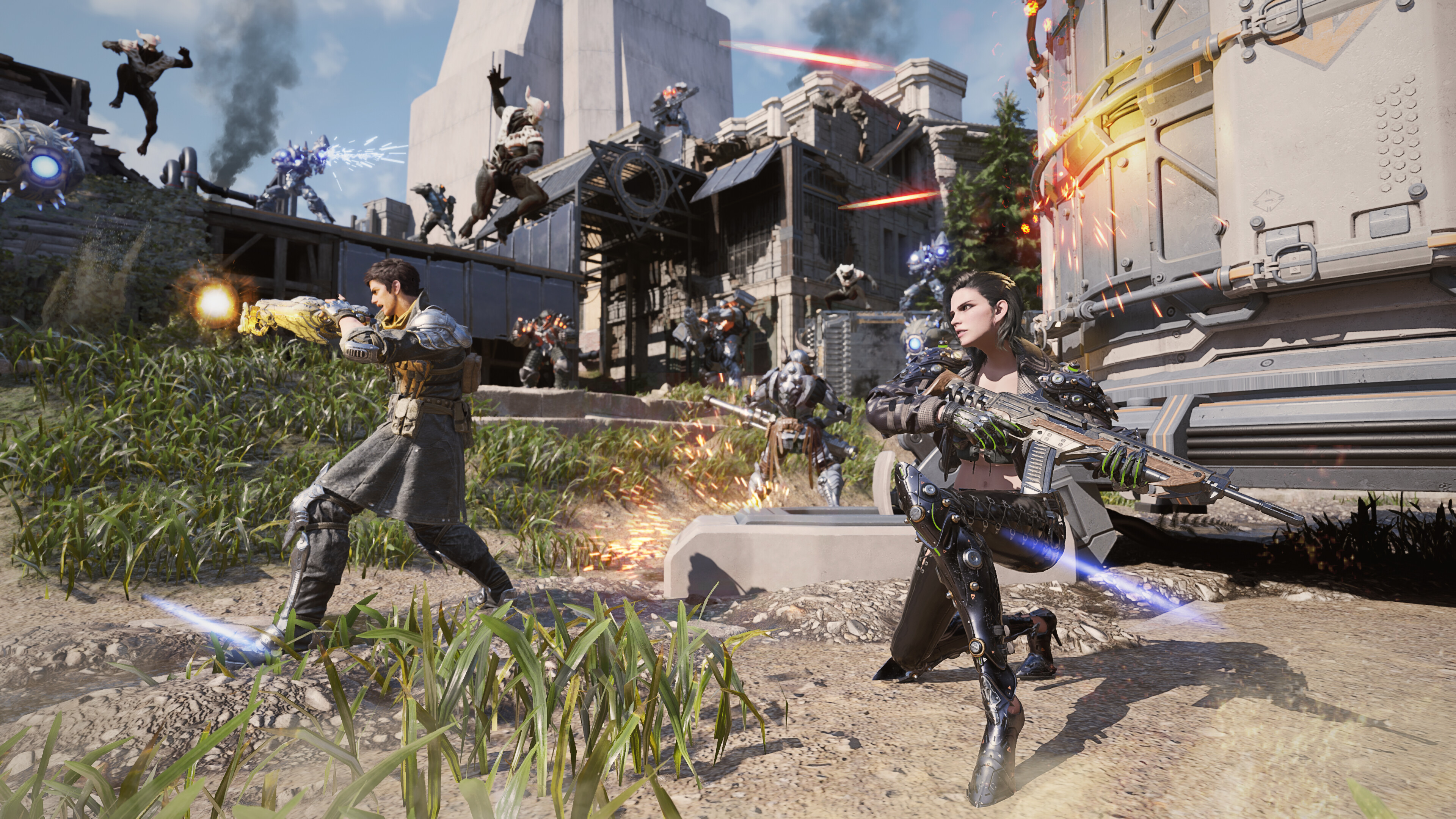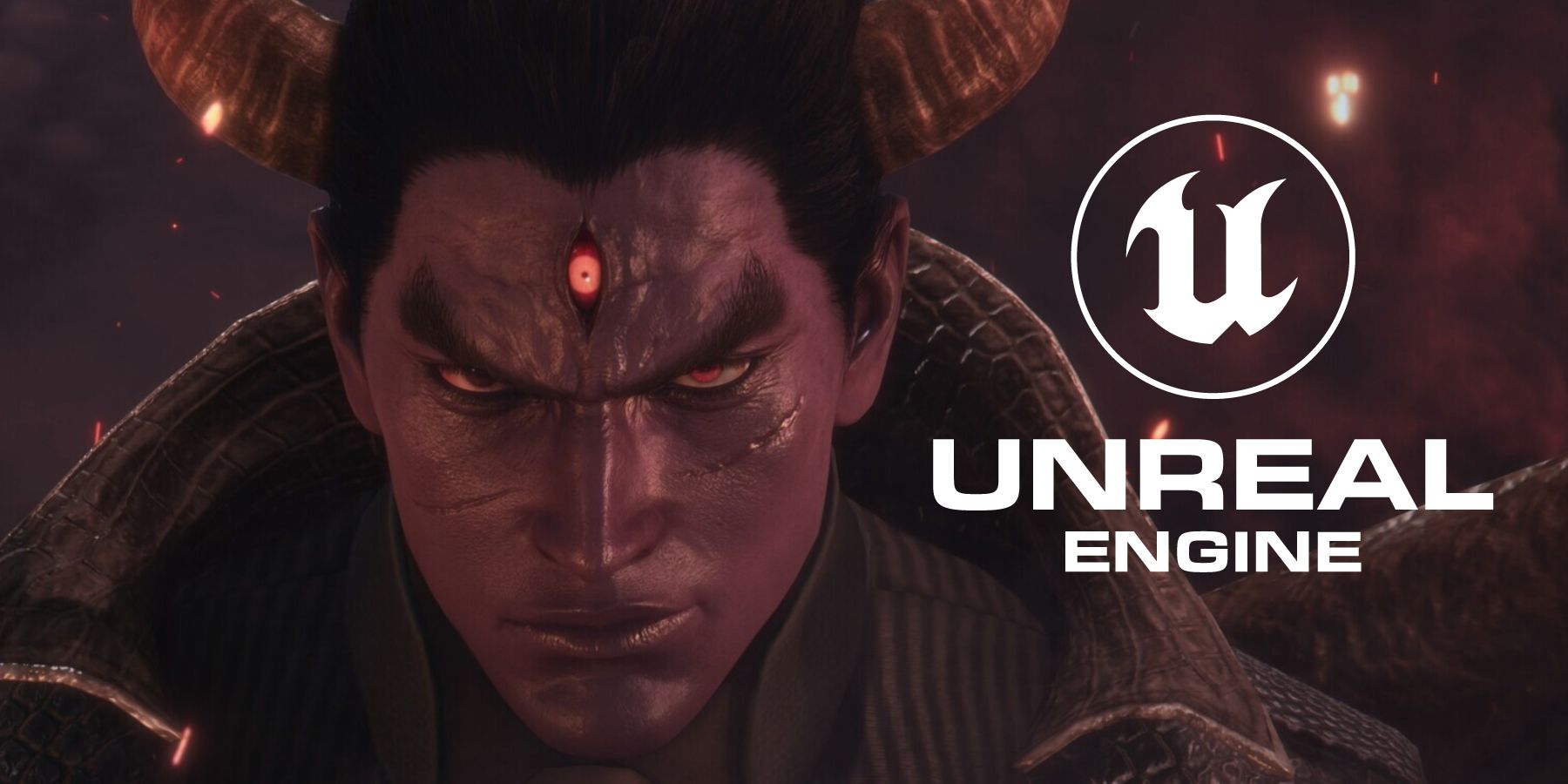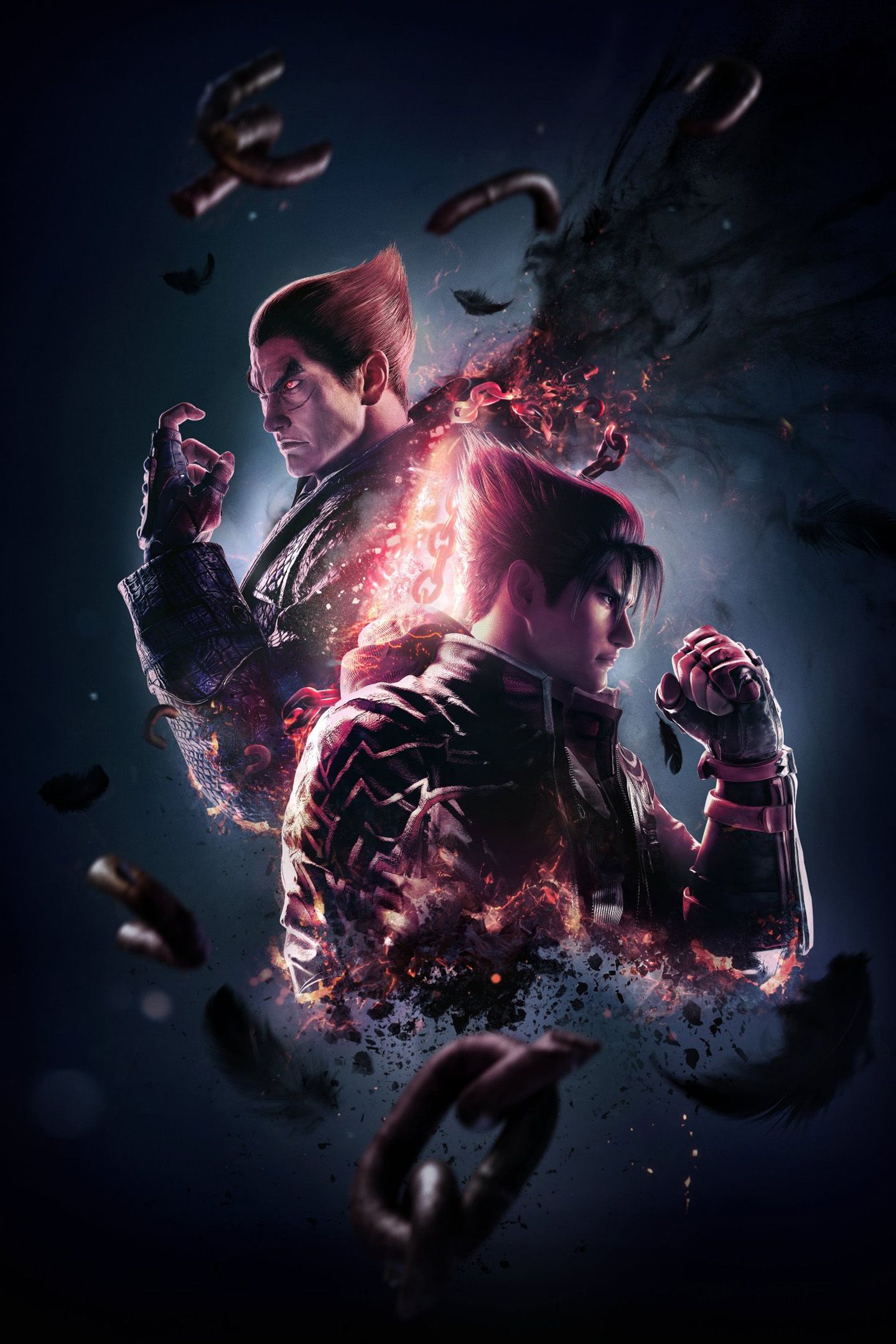Highlights
- Tekken 8 will surpass existing fighting game technology with its usage of Unreal Engine 5, offering unprecedented graphical fidelity.
- Street Fighter 6's engine, while visually impressive, has been around for over 5 years and may show its age compared to Tekken 8.
- Mortal Kombat 1 still uses Unreal Engine 4, while Tekken 8 enjoys the advantages of the newer Unreal Engine 5, providing a more sustainable development environment.
Considering the status of its technical fidelity, it could be said that the latest Tekken 8 will be the first true fighting game of the next generation. The series has always pushed the limits of technology across its long history of mainline entries, but Tekken 8’s status as an entry released eight years after its predecessor has positioned it to make an unprecedented jump in presentation compared to its contemporaries.
It may find itself classified alongside Street Fighter 6 and Mortal Kombat 1 as one of the “big three” in the latest generation of the fighting game genre’s pillars, but the technology that Bandai Namco has put into Tekken 8 has serious potential to establish it within a league of its own. Apart from the fact it features 3D combat versus the 2D fare the rest of the genre typically consists of, the upcoming Tekken’s usage of Epic Games’ well-supported Unreal Engine 5 is a totally new occurrence for fighters as a whole. There's a lot of praise associated with the titles Tekken 8 is competing against, but looking under the hood reveals an inherent technical advantage.
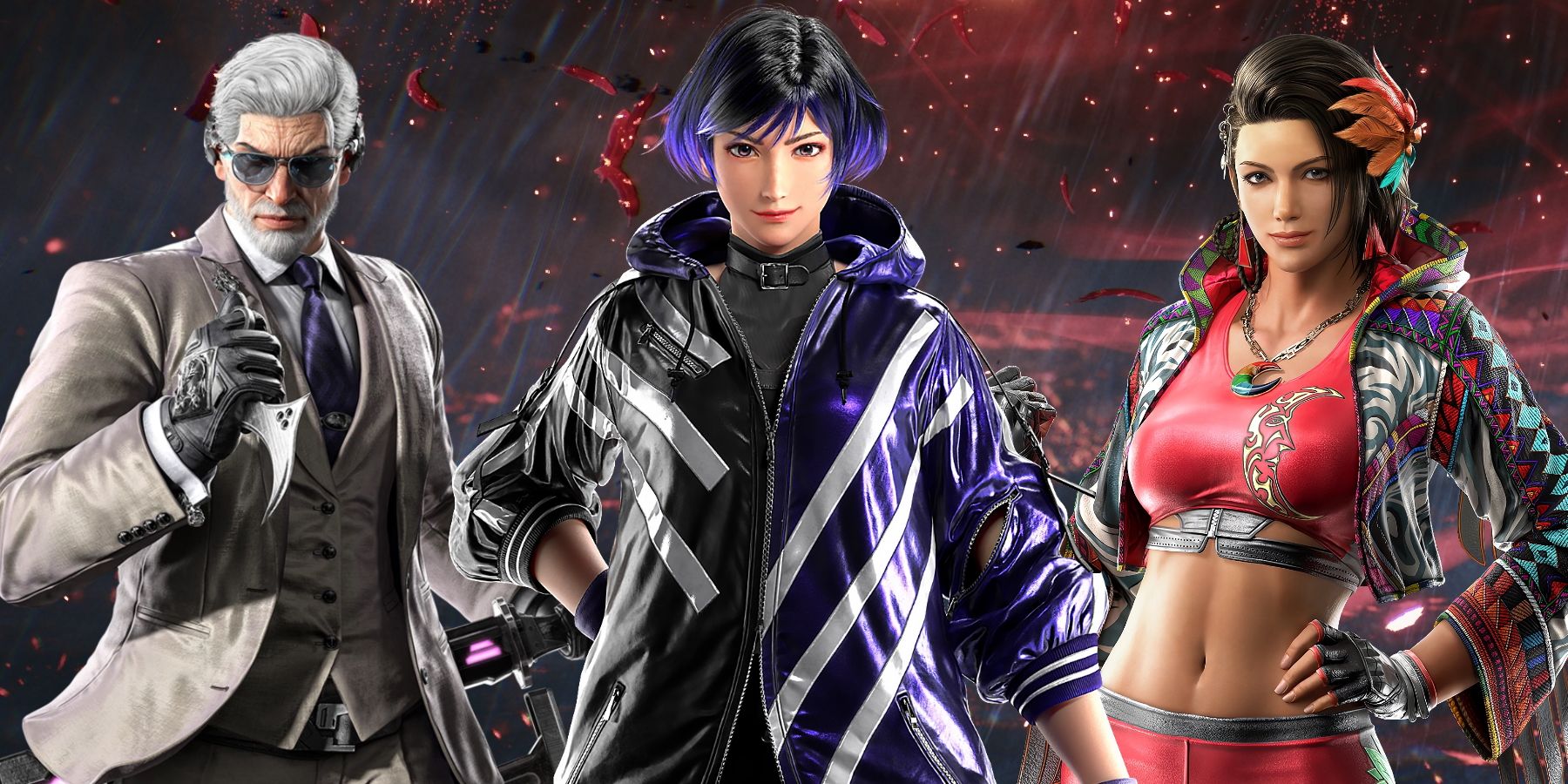
All New Characters Coming to Tekken 8 Explained
There are only a few newcomers debuting in Tekken 8, and they are all set to be memorable additions to the fighting franchise.
Tekken 8 is Set to Surpass Existing Fighting Game Technology
Street Fighter 6’s Engine Has Been Around For Over 5 Years
Despite the game’s high visual fidelity, the engine that powers SF6 is the same one that Capcom originally built for Resident Evil 7. It began development in 2014 before debuting with RE7 in 2017, and has since gone on to power everything from Monster Hunter to Devil May Cry. The RE Engine has been capable of impressive visuals for years now, but Capcom's next gen REX Engine has already been announced as its successor. SF6 certainly has a bright future of continued post-launch support ahead of it, but the engine may begin to show its age sooner or later.
Mortal Kombat 1 Still Uses Unreal Engine 4
It's undeniable that it features some of the most realistic graphics ever featured in a fighting game, but MK1 is technically still built in a version of Unreal that debuted back in 2014. Even its predecessor, the chart-topping Mortal Kombat 11 utilized the even older UE3. There's no doubt that NetherRealm Studios has pushed Unreal to its limits for years through its resourceful usage of the engine, but the developer still has yet to tap into the new potential of UE5.
Tekken 8 Enjoys the Advantages of Unreal Engine
Unreal’s Prevalence Provides a More Sustainable Development Environment
An engine merely consists of the tools that enable a game to be developed, and the team behind Tekken actually puts most of its effort into the proper use of custom programming work on top of Unreal. The level of in-house adjustments that the series tends to require has complicated production in the past, but UE5 has enabled a workflow fit for a long lifespan among a diverse array of developers due to its presence in the industry. In an interview with IGN, producer Michael Murray emphasized this seamless process:
“In the past, it would have been difficult to try to get them up to speed on our current game code and how we were creating the game. But now you can just say, “Okay, this person has experience with UE5,” and also for creating tools or something for the game. It's much easier to take those tools over to other games because they're imported into UE5.”
Unprecedented Graphical Fidelity and a Bright Future
Utilizing UE5 primarily offers a higher level of visual quality in elements like like cloth simulation and lighting, as Bandai Namco’s gameplay tools are mostly custom code. The engine’s youth means it can only continue to improve and allow the game to be updated further, a dynamic that was already visible with Tekken 7 and contrasts with the “two-year cycle” that studios like NetherRealm have become known for. It's already looking to push the boundaries of stylized realism, and there's no telling what technical achievements UE5 will enable by the end of Tekken 8's post-launch support in 2024 alone.

